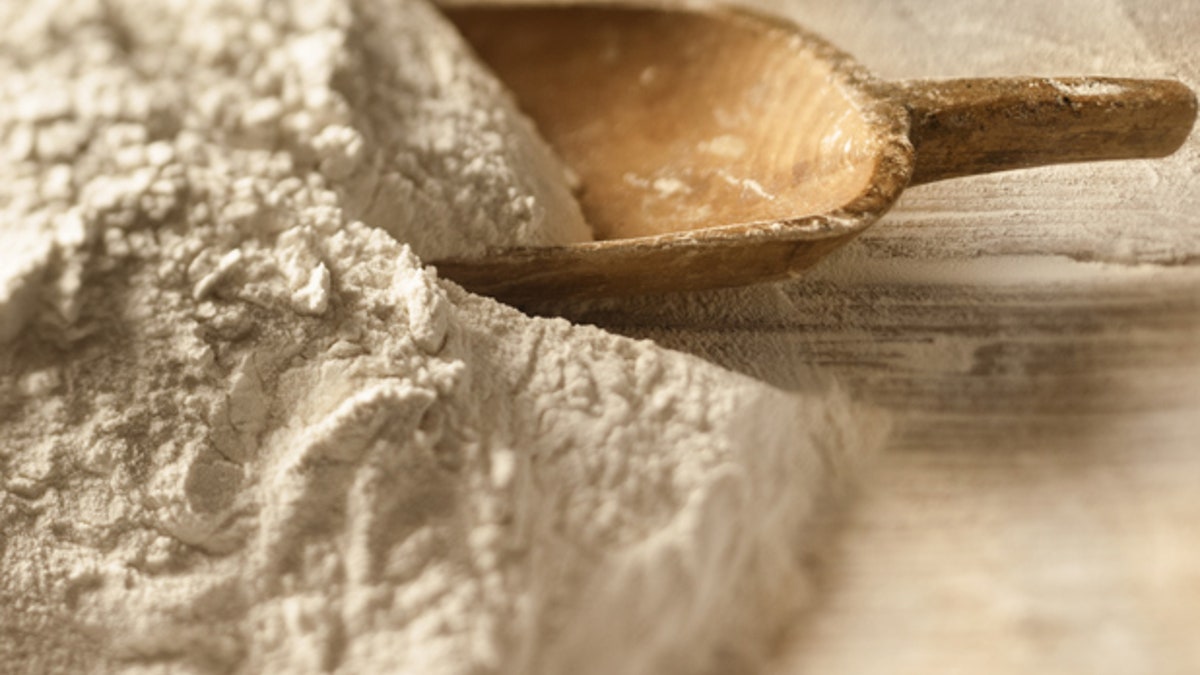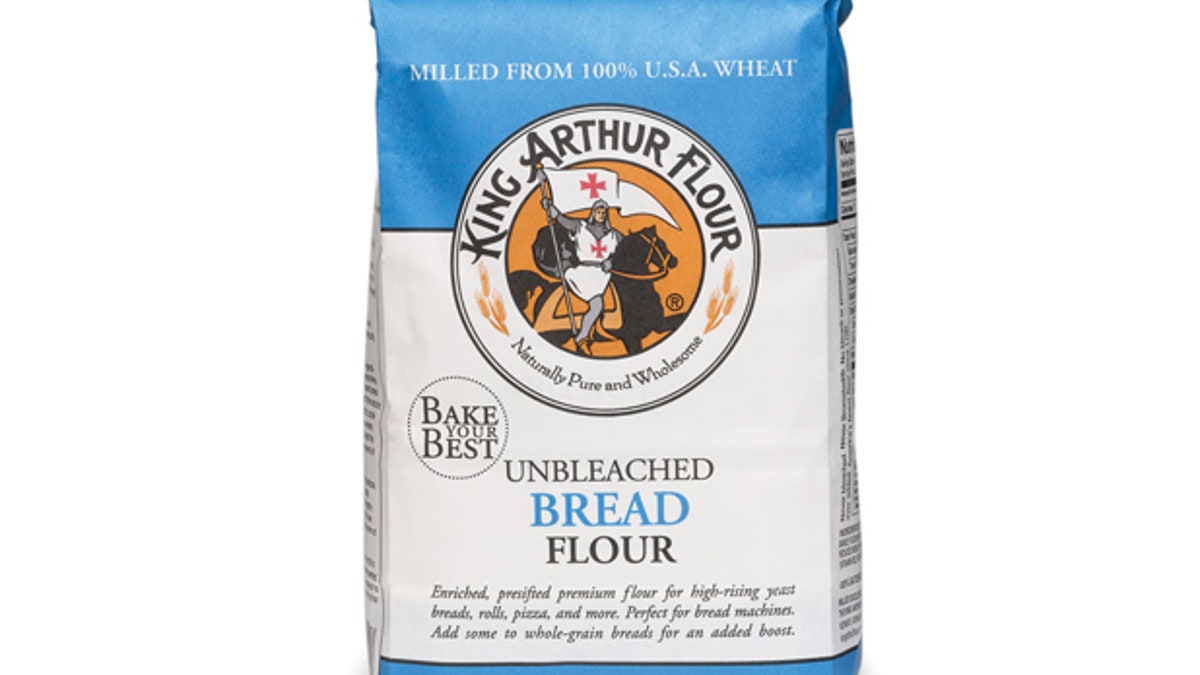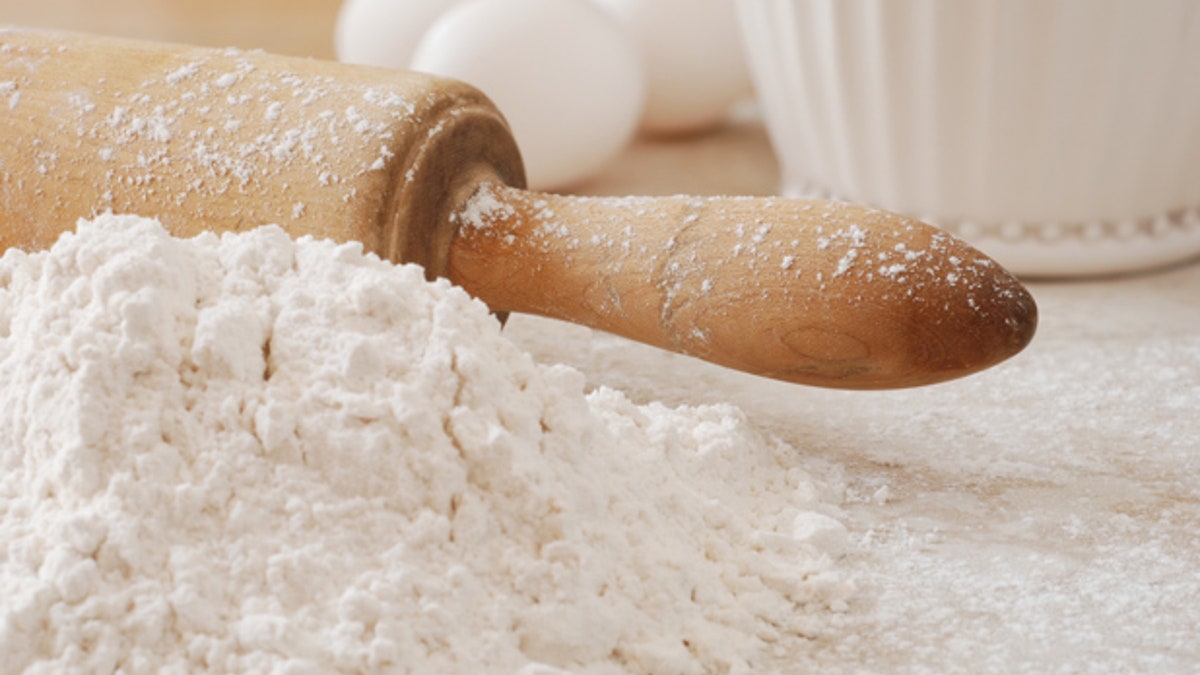All-purpose flour is called "all-purpose" for a reason — because it can be used to make everything from muffins to pizza, cakes to cookies, and quick breads to pie crust. Just because it’s all-purpose, though, doesn’t mean it’s the best choice for your baking.
With lots of different varieties of flours out there, it’s no surprise that certain flours are best for certain types of baking projects. If you’re looking to fine-tune your baking skills, learning about other flours and which ones are best for certain types of baked goods can make your baking even better.
When considering different types of flours, there is one very important factor that will greatly affect the outcome of your baking: the protein levels. Lower protein percentages give baked goods a more tender texture, and higher protein flours result in thicker, doughier consistencies. Most commercially available flour is made from hard winter wheat, which has a higher protein level, or soft winter wheat, which has lower levels of proteins. Understanding the wheat and protein levels of the flours you’re using to bake with will help you understand your baking better, too, and will help you get the results you desire.
If you want to improve your baking, or just want to know why you should use something other than all-purpose, it’s time that you learn everything you need to know about flours. This guide will walk you through some of the most essential flours out there, and will help you to be more informed about your baking.
1. Bleached vs. Unbleached

(iStock)
All-purpose flour is made from a combination of soft winter wheat and hard winter wheat, making it an optimal choice for all kinds of baking. One thing to consider, though, when using all-purpose is whether you want to use bleached or unbleached. Some bakers don’t notice a discernible difference within their finished baked goods, while other’s claim that bleached flour results in better volume, tenderness, and even flavor. One common misperception is that because bleached is whiter, some consumers mistakenly believe it equals purity and quality. Much to their chagrin, though, both benzoyl peroxide and chlorine gas are used to bleach flour, so purity isn’t really the case. In addition, the chlorine can change the level of flour proteins, which is why some folks say it lends to a more tender baked good. Neither chemical is thought to be a health risk, although some purists will argue this point. While all these things are important to consider, a good tip is to use what is called for in a particular recipe.
2. Bread Flours

(King Arthur Flour)
Bread flour is a great choice for yeast breads, pizza dough, rolls, and focaccia bread. Bread flour has a higher protein count, making it preferable when working with yeast. This is because yeast produces carbon dioxide gas that helps bread rise, but it is also gives the bread the structural support from gluten to hold its volume. King Arthur Unbleached Bread Flour with 12.7 percent protein is a great choice for bread flour.
3. Pastry Flour

(iStock)
This is a middle-ground flour with a protein content that usually falls between cake flour and all-purpose. Many bakers like it for piecrust. Try making it by combining half all-purpose and half cake flour.
See more facts about flour at The Daily Meal
More from The Daily Meal
Make the Ultimate Ice Cream Sandwich
